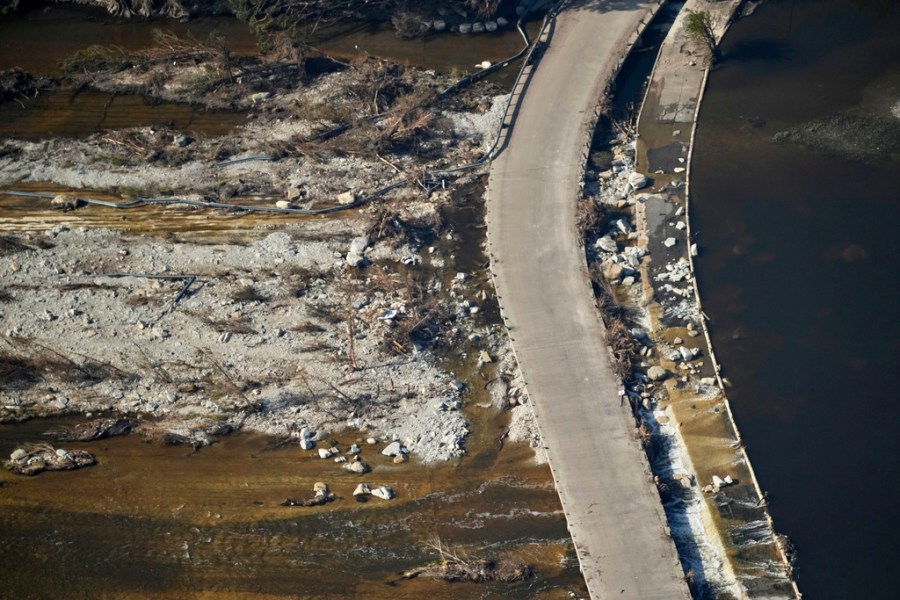Understanding the Concept of 100-Year and 1000-Year Flood Events
Central Texas recently experienced some of the most severe flooding in its history, with certain meteorologists describing the events as 1000-year rainfall occurrences. These terms often raise questions about what exactly qualifies a flood as a 100-year or 1000-year event. The terminology is rooted in statistical probability rather than a strict timeline.
A 100-year rainfall event does not mean that such an occurrence will happen once every century. Instead, it indicates that there is a 1% chance in any given year that a specific area will receive rainfall equal to or greater than the amount recorded during that event. Similarly, a 1000-year event implies a 0.1% chance of experiencing similar conditions annually. These probabilities are calculated based on historical data and help experts assess the likelihood of extreme weather events.
Criteria for Classifying Major Rainfall Events
Several factors determine whether a rainfall event is classified as 100-year or 1000-year. These include:
- Statistical Probability: Based on historical records, this measures how frequently such events have occurred over time.
- Rainfall Amounts: The volume of rain that falls within a specific period is a key factor in determining the severity of the event.
- Duration of Impact: How long the heavy rainfall persists can influence the extent of damage caused by flooding.
- Environmental Conditions: Factors such as topography, soil saturation, and urban development play a role in how rainfall translates into flooding.
These criteria help scientists and meteorologists provide accurate risk assessments and guide emergency preparedness efforts.
Recent Flooding in Texas
This July, flash flooding in Texas resulted in more than 100 fatalities, with 37 of the victims being children. The devastation highlights the importance of understanding and preparing for extreme weather events. In recent years, Hurricane Harvey caused widespread destruction, leading to over $100 billion in damages. The storm brought several feet of rain, overwhelming infrastructure and displacing thousands of residents.
Communities across the state continue to recover from these disasters, and many are seeking ways to support those affected. Donations, volunteer efforts, and advocacy for improved disaster response systems are all critical components of recovery.
Historical Context and Future Risks
The impact of extreme weather events is not limited to one season or region. Over the past few decades, Texas has seen multiple instances of catastrophic flooding, each with its own unique challenges. For example, the 2017 Hurricane Harvey was one of the most destructive storms in the state’s history, while the 2021 winter storm left millions without power and caused significant damage.
Understanding the frequency and intensity of these events helps communities better prepare for future risks. As climate change continues to influence weather patterns, the likelihood of extreme rainfall events may increase, making it even more important to invest in resilient infrastructure and proactive emergency planning.
Conclusion
Flood events, whether labeled as 100-year or 1000-year, serve as reminders of nature’s power and the need for preparedness. While these terms may seem alarming, they are essential tools for assessing risk and guiding public policy. By staying informed and supporting local efforts, individuals can contribute to building stronger, more resilient communities in the face of unpredictable weather.







